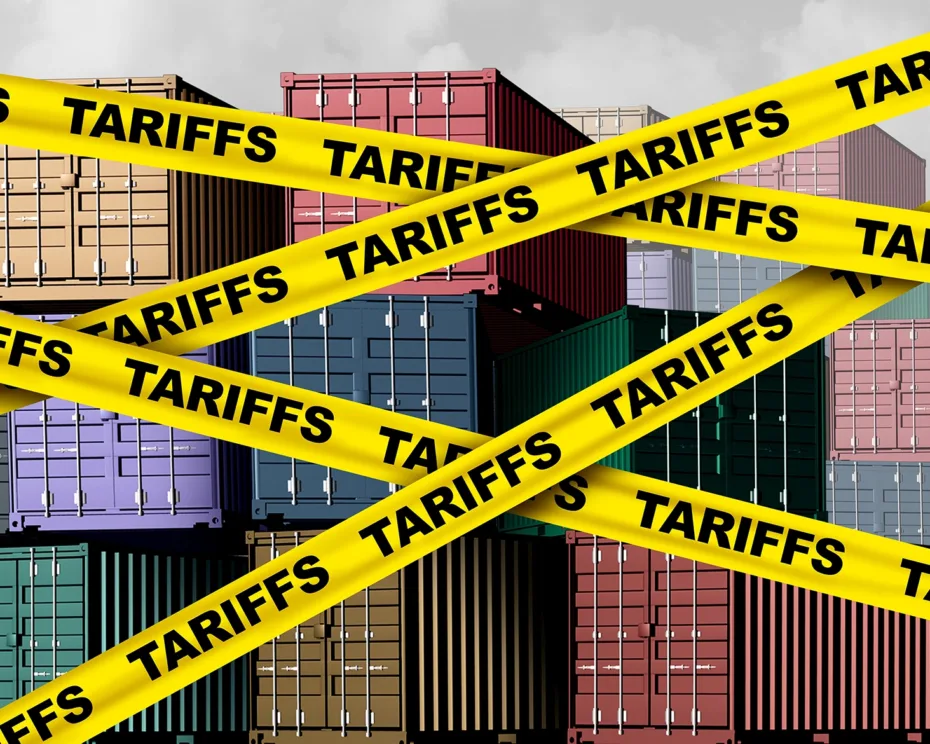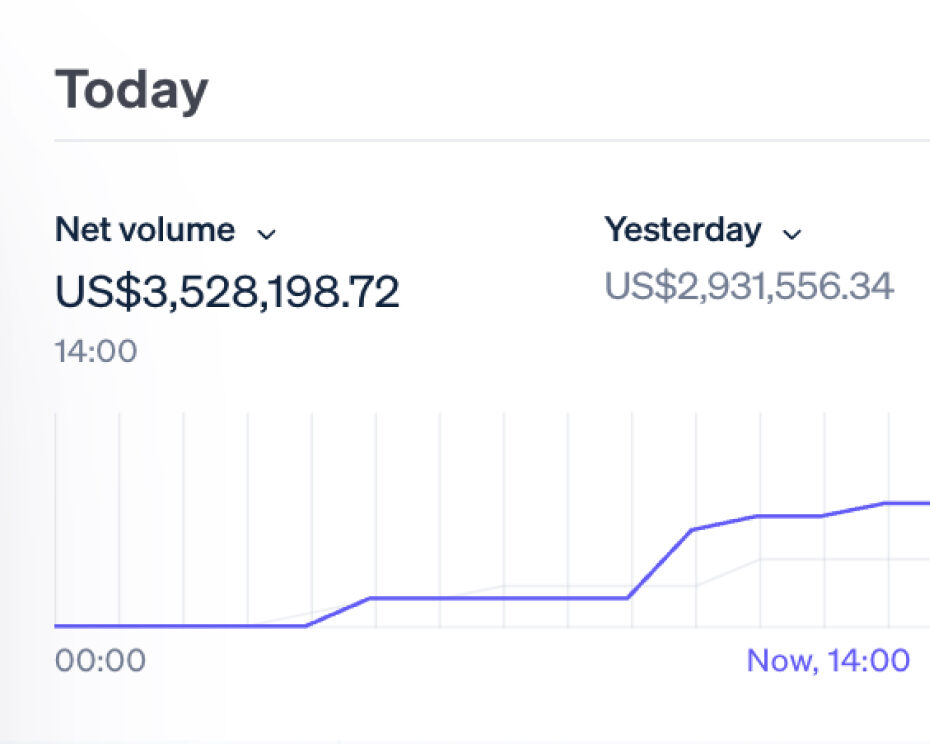The Ultimate Guide Trade Spend Effectiveness
Companies invest millions in promotions, discounts and incentives to boost sales, but how much of that spend actually drives profitable growth? Too often businesses pour money into trade promotions without fully understanding the impact, wasting resources and missing opportunities.
To stay competitive, businesses must not only manage trade spend but also make it effective. Let’s go through the basics of trade spend effectiveness, common pitfalls to avoid and how advanced which solutions can help you get more for your money and stronger customer relationships.
What is Trade Spend Effectiveness?
Trade spend is the money companies invest in promotions, discounts and incentives to drive sales through retail and distribution channels. Trade spend effectiveness is about making sure every dollar spent gets a return – whether that’s through increased sales, brand loyalty or competitive advantage.
Effective trade spend strategies balance short term sales boosts with long term profitability. Instead of blanket discounts, businesses need targeted, data driven strategies that align with customer behavior and market conditions.
Why Bother with Trade Spend Optimization?
Many businesses fall into the trap of excessive discounting without measuring the impact. This means:
- Revenue leakage – Discounts and promotions eat into profits without delivering long term value.
- Inefficient promotions – Offering price reductions to customers who would have bought at full price.
- Lack of visibility – Companies can’t track trade spend across channels.
Optimizing trade spend means having the right insights to make data driven decisions. A well executed strategy improves profitability, brand value and customer relationships.
Examples of Trade Spend Optimization
Let’s look at three examples to see trade spend in action:
Targeted Discounting for E-commerce
A company sells consumer electronics online and in physical stores. They analyzed customer buying behavior and found online shoppers are price sensitive and in-store buyers value product demos. Instead of offering the same discount across all channels, they:
- Offer online only discounts for price sensitive shoppers.
- In-store bundle deals to drive higher transaction values.
Seasonal Promotions in Retail
A fashion retailer used to run year-round discounts that eroded profit margins. After analysing seasonal trends they changed to:
- Higher markdowns at the end of fashion cycles and VIP exclusives to retain loyal customers.
Trade Promotions for Wholesalers
A beverage wholesaler used to give volume-based discounts to all retailers. By refining their trade spend strategy they:
- Offered tiered incentives based on retailer size and sales volume.
- Targeted discounts for high growth accounts instead of broad based promotions.
Key Components of an Effective Trade Spend Strategy
To get the most out of trade spend, businesses should focus on:
1. Data-Driven Decision Making
Many companies set trade spend budgets based on guesswork rather than insights. Leveraging historical data, real-time market trends, and predictive analytics allows businesses to create more effective, targeted promotions.
2. Aligning with Business Goals
Trade spend should not be treated as a cost center but as an investment. It’s essential to align trade spend initiatives with overarching business goals, such as:
- Expanding market share
- Increasing profitability
- Strengthening brand positioning
3. Understanding Customer Behavior
Successful trade spend strategies require a deep understanding of customer purchasing patterns. Instead of offering the same discount across all channels, businesses should tailor promotions based on:
- Buying frequency
- Purchase volume
- Regional demand variations
Tariffied? Don't be.
Global trade volatility is squeezing margins – and outdated pricing tools are too slow to help. Flintfox + Enable give you the speed, control, and visibility to respond in real-time and protect profits.

How Technology Can Help Trade Spend Effectiveness
Traditional trade spend management relies on spreadsheets and old systems, it’s inefficient. Technology offers a smarter approach by:
- Automated Trade Spend Analysis – AI driven platforms analyze promotions in real time to identify the best strategies.
- Dynamic Pricing Adjustments – Automated tools adjust pricing based on demand, competitor activity and historical data.
- Improved Forecasting – Predictive analytics helps businesses allocate trade spend better.
Flintfox’s pricing and trade promotion solutions give businesses real-time visibility and automation to get more for their money and maintain profitability.
How to Implement Trade Spend Effectiveness
To get more from trade spend, businesses should:
- Conduct Trade Spend Audit – Where are they spending and what’s the return?
- Use Data & Technology – Leverage AI driven pricing solutions for real time insights.
- Test & Refine Promotions – Continuously optimize trade spend based on performance data.
- Ensure Cross Channel Alignment – Price consistently across online and offline channels.
- Measure ROI – Track key KPIs to ensure trade spend contributes to profitability.
Trade spend effectiveness is more than just discounting – it’s making smarter, data driven decisions to increase profitability. With the right strategy businesses can eliminate waste, target the right customers and get better margins without sacrificing growth.
Flintfox’s pricing and trade promotion solutions give businesses the tools to track, analyze and optimize trade spend. By using automation and real time insights businesses can get more from every trade spend dollar.
Want to take control of your trade spend? Contact Flintfox today to learn how our solutions can help you create smarter, more profitable promotions.
Powerful pricing software supported with deep experience
Flintfox gives you flexibility with your application, unprecedented speed and power from our pricing engine and support from our dedicated team.
